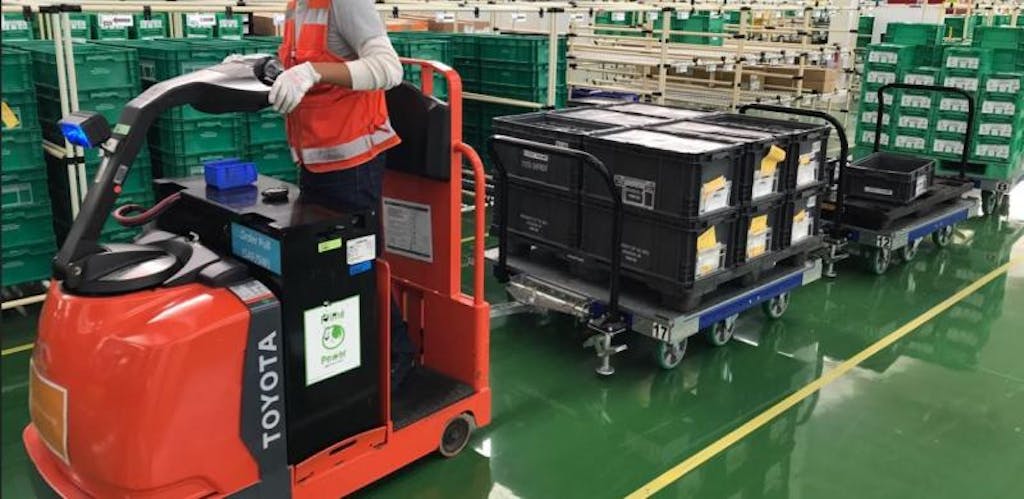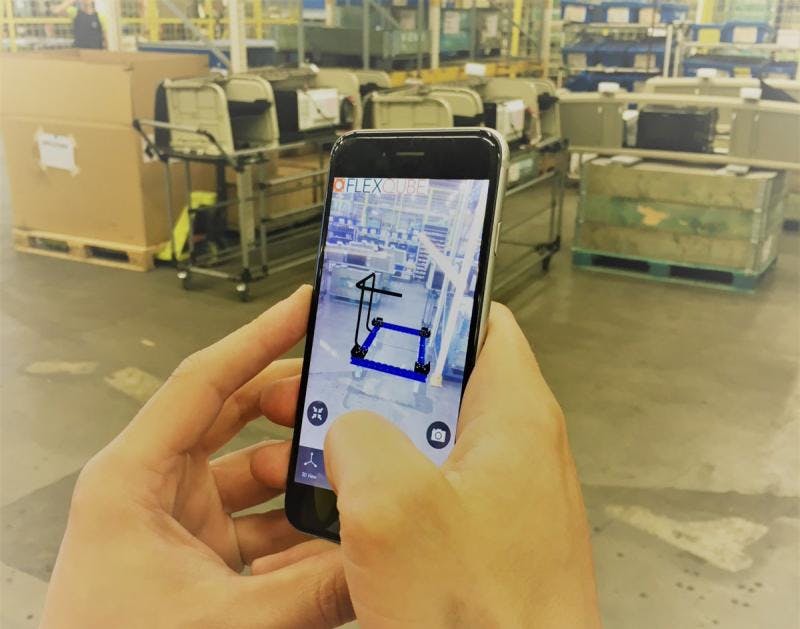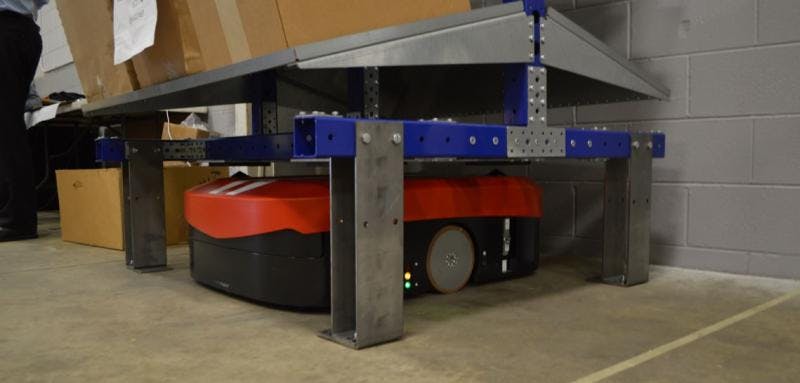Manufacturing Trends You Need to Know in 2019

Once again, manufacturing has become one of the hot topics making the rounds across boardrooms, stock exchanges, and in government bureaus. This gradual change in status is due to new advancements in manufacturing that have the ability to disrupt traditional manufacturing processes as we know it. Therefore, it is only fair that we agree with the Chairman of the World Economic Forum, Klaus Schwab’s belief that we are in the middle of the fourth industrial revolution.
As with every industrial revolution, everyday technological changes from automation to IoT are currently disrupting industrial manufacturing and for manufacturers to remain competitive understanding future trends are important. 2019 is here to stay and according to Forbes, manufacturers are expected to invest approximately $267 billion on new technology but what are they investing on and what should they be spending on?
Future Manufacturing Trends to Know in 2019
Plug and Produce to Enhance Manufacturing – The shop floor is constantly evolving and manufacturing companies will continue to leverage on newer technologies that will simplify the manufacturing line. This can be viewed as an off-shoot of automating manufacturing processes and machines.
An example is integrating a 3D printer into a traditional machining shop to handle tooling and other side projects to speed up the entire manufacturing process. The tenets of plug and produce in manufacturing will also see the integration of sensors in traditional equipment which will make traditional machines smart.
Increased Integration of Virtual Reality and Augmented Reality in Manufacturing Lines – The integration of augmented reality into manufacturing lines is slowly but surely becoming a reality and 2019 will witness an increase in the use of virtual reality on the shop floor. Especially in field-service management, VR-related technologies can be deployed by technicians to repair machines or guide the manufacturing process remotely. Therefore, with the right software, tools, and a VR set, managers can remotely participate in every aspect of the manufacturing process.
Another aspect where virtual reality has a role to play is during the concept design of products, machines and material handling equipment. For example, when designing material handling equipment, unique cart concepts can be modelled and tested virtually to see how well they function before going to production. This process will reduce guesswork and the capital to be spent producing customized material handling equipment.

Integrating Cloud Computing in Manufacturing – Although the manufacturing process is quite hands-on, the integration of IoT/automation and the sensors, intelligent electronic devices and precision technology means today’s manufacturing lines are producing far more data than what was seen in the past. It is also a fact that the data these machines produce also have a story to tell.
2019, is set to continue the disruptive process of moving manufacturing to the cloud as more and more specialized software and cloud-based infrastructure will be built. These cloud-based infrastructures will elevate decision-making processes in the manufacturing industry and will help manufacturer’s prepare for future uncertainties.
The Year of The Robots: The goal of Industry 4.0 is a more automated manufacturing process and robots have an important role to play in achieving complete autonomy. Although the manufacturing industry is still a bit far from replacing humans, 2018 saw the development of robotic material handling equipment by Amazon. These robots are equipped with the intelligence needed to load, unload and transport manufacturing items.

It is important to state that not every manufacturer is big enough or has Amazon’s level of capital to build and deploy robotic material handling equipment but a smarter cart is achievable. 2019 will witness the continued customization of material handling equipment with the aim of reducing factory waste and injuries to staff.
At FlexQube, we bring approximately a decade of experience designing unique material handling equipment for the manufacturing industry to your factory. We can help you meet your factory’s 2019 goals of building smart carts to simplify the material transportation and delivery process.
If you would like to learn more about the FlexQube concept or our carts contact us via sales@flexqube.com
You may also like:
4 steps to adapting your manufacturing lines to change
Optimal solutions for manufacturing plants making wind turbines




